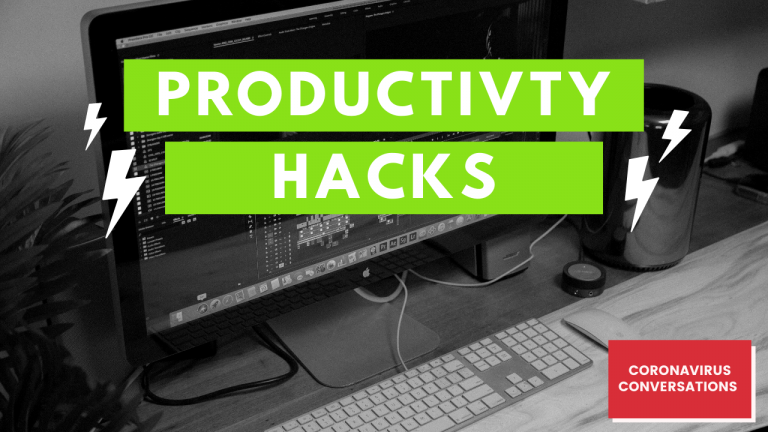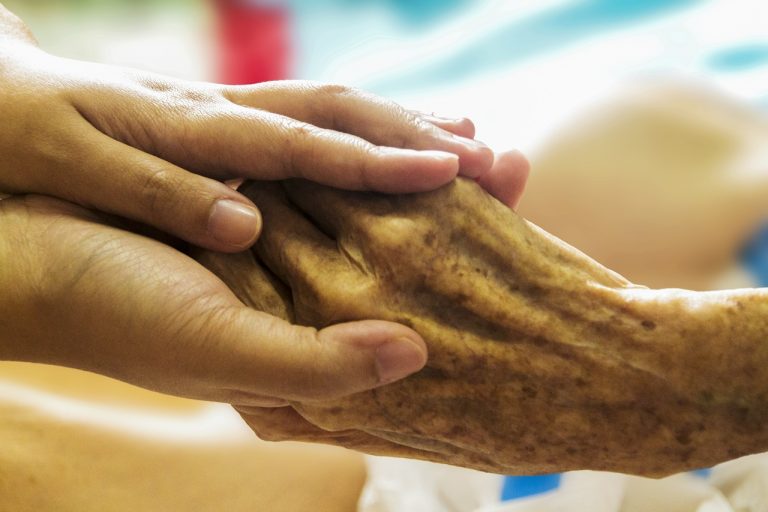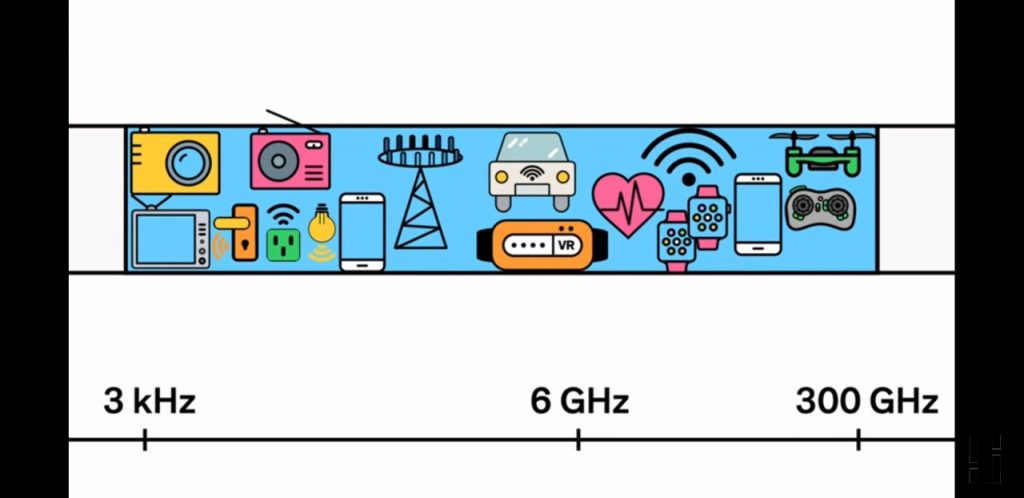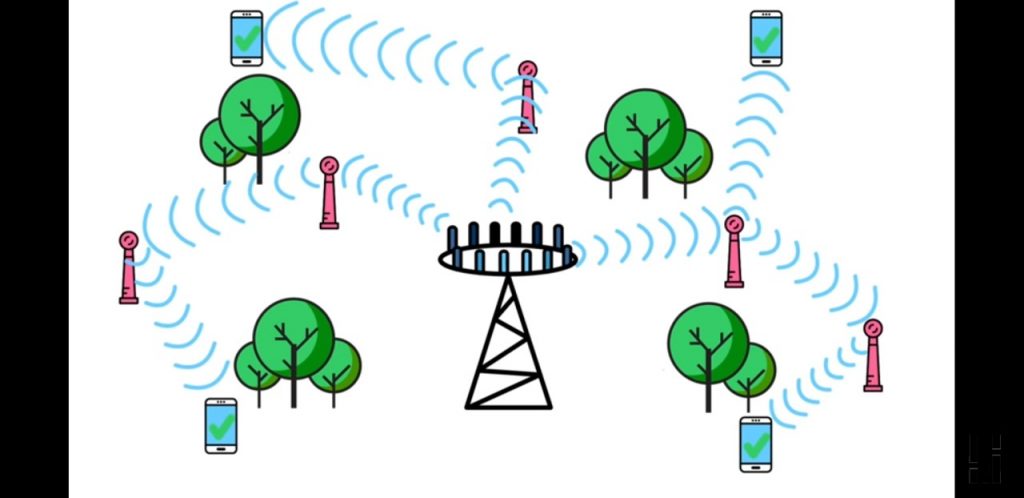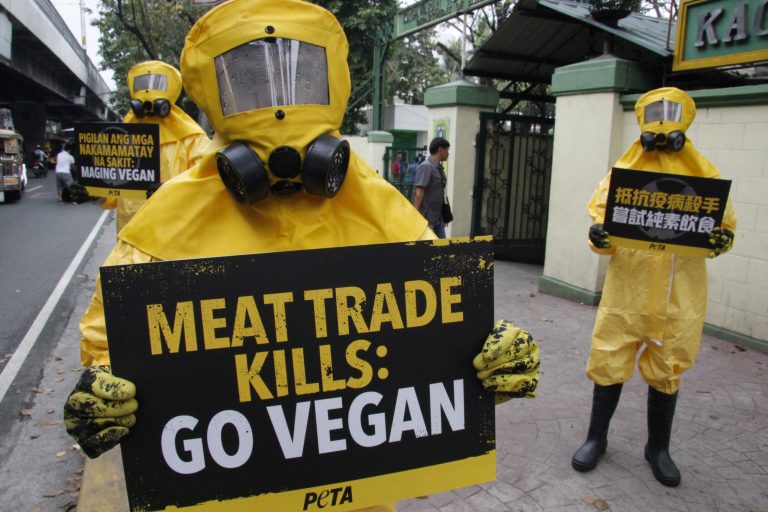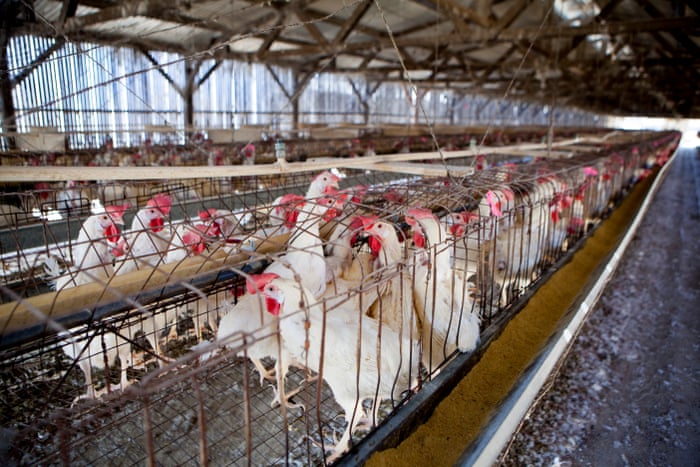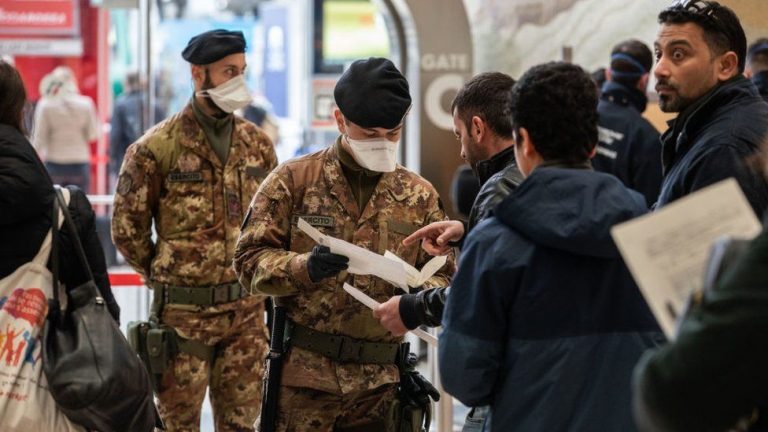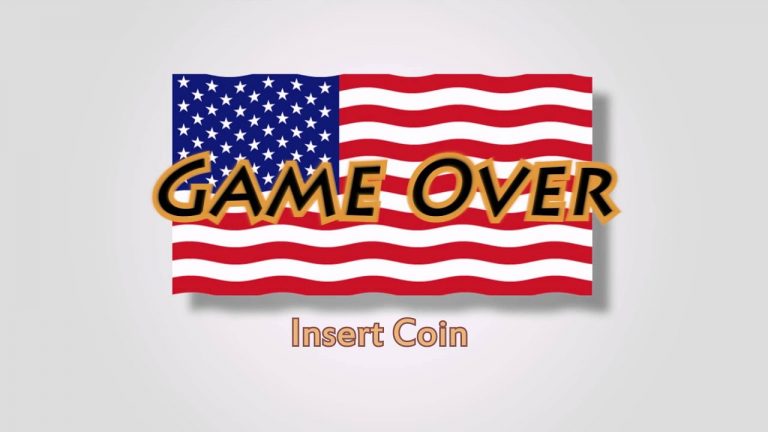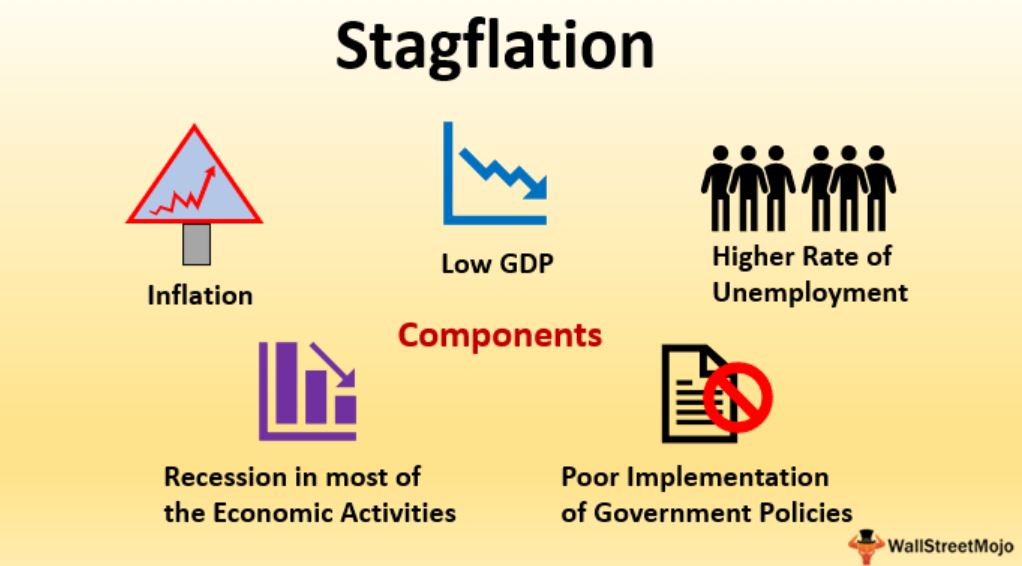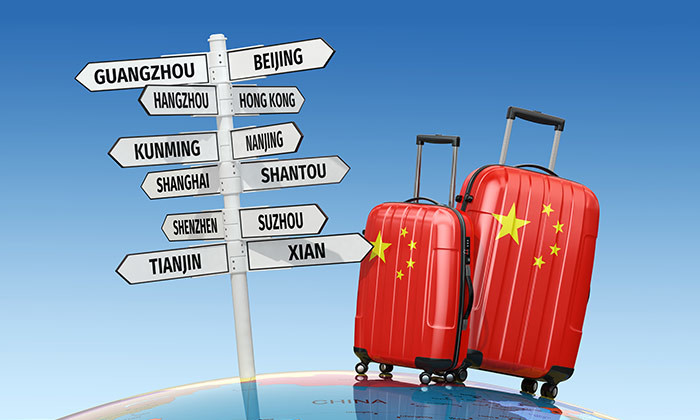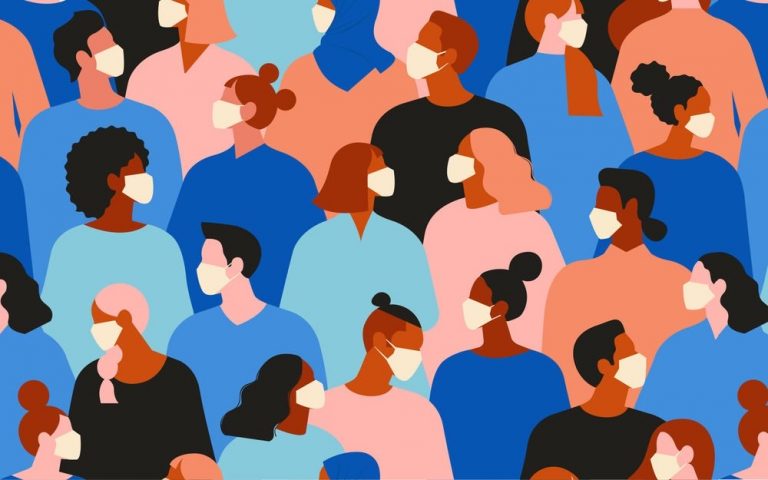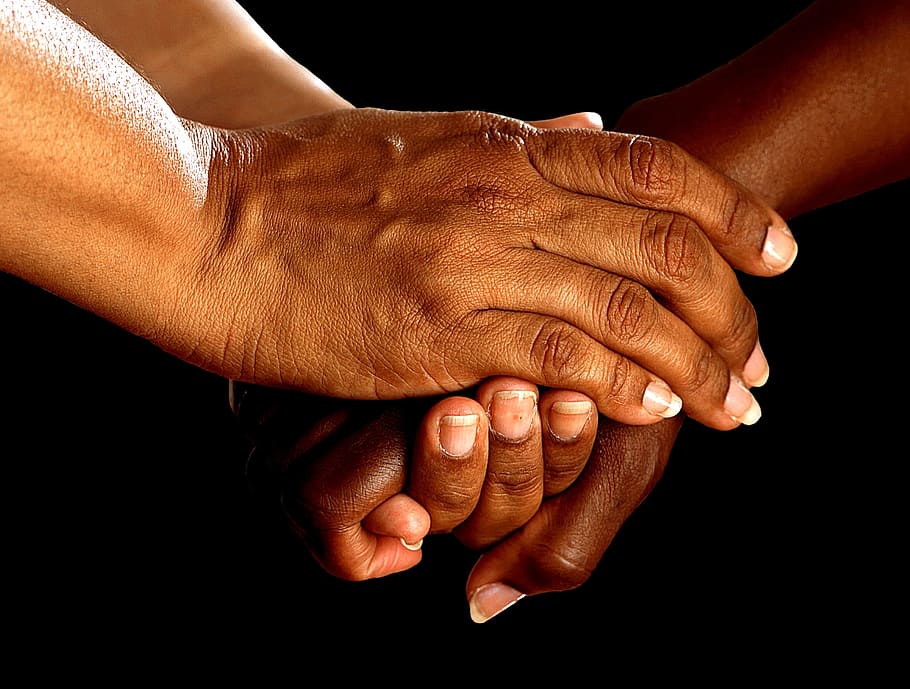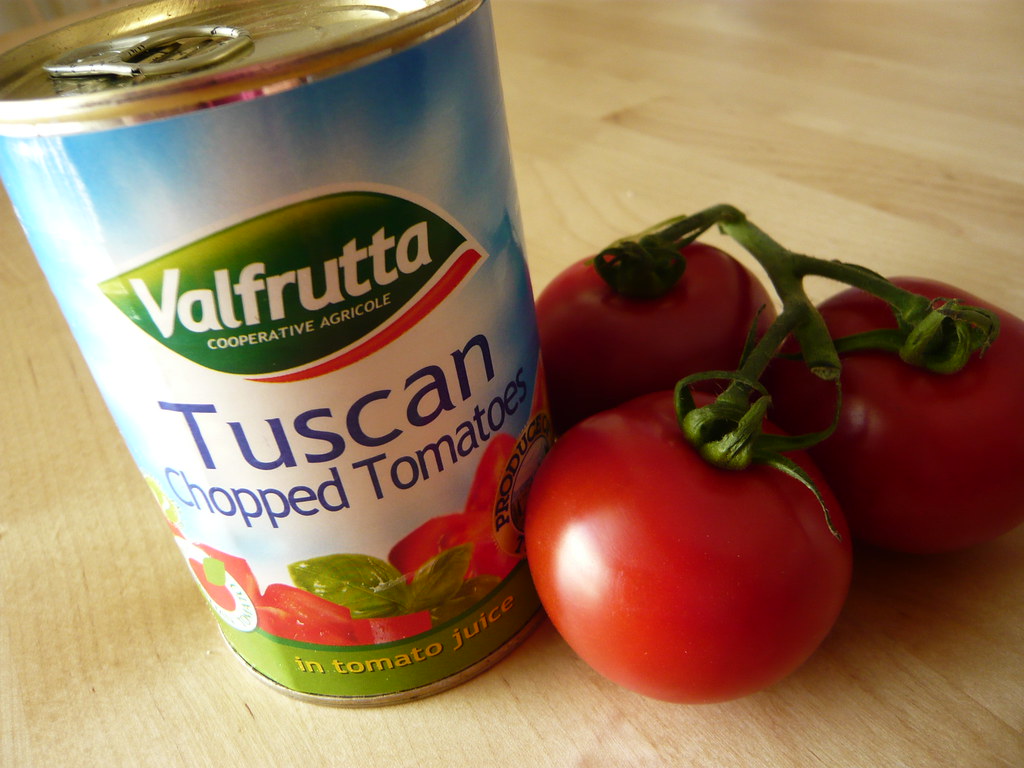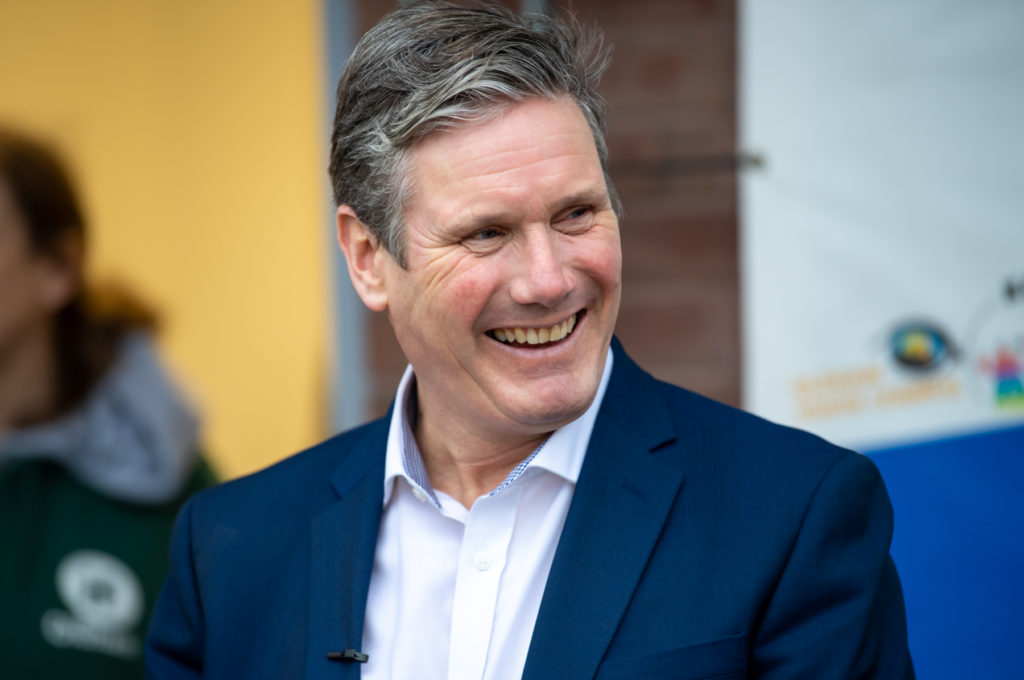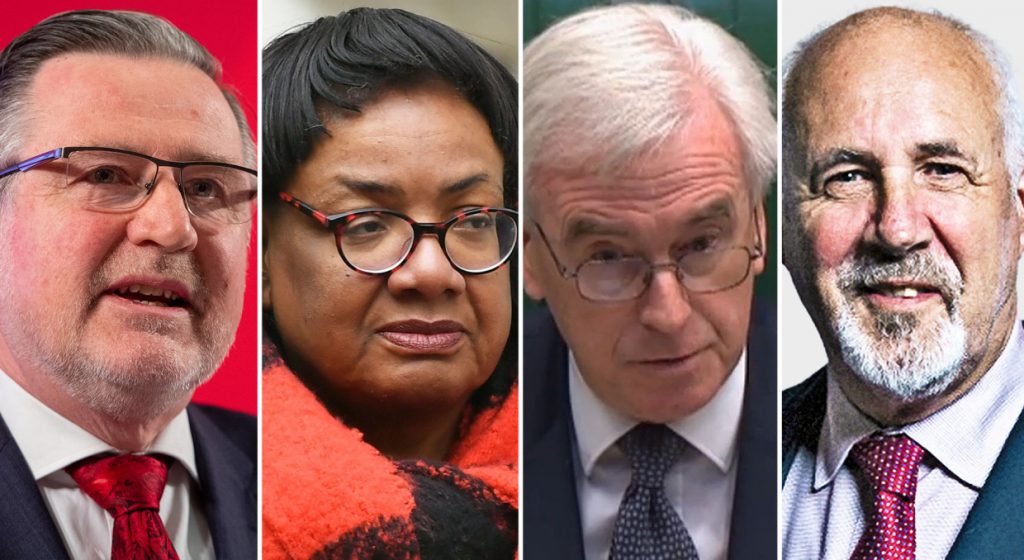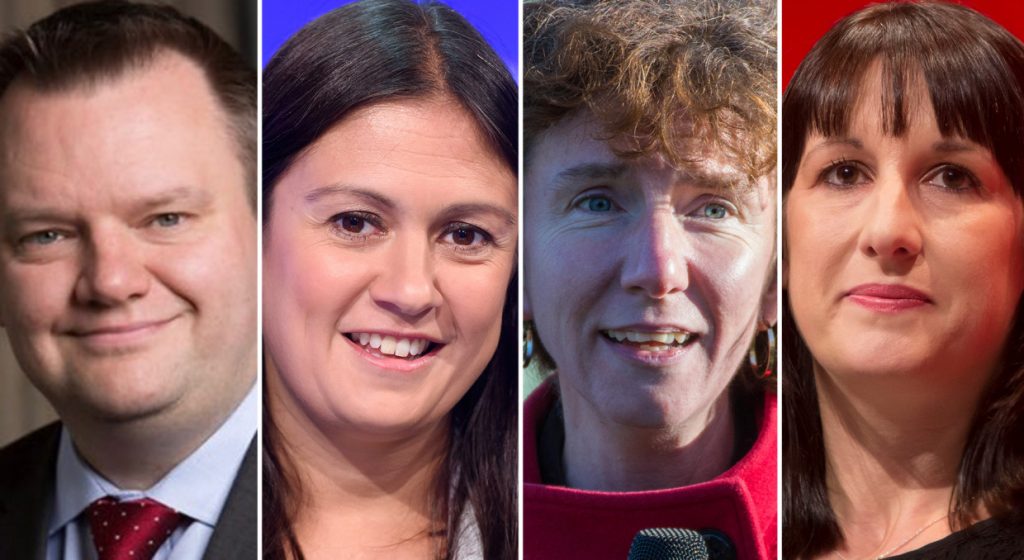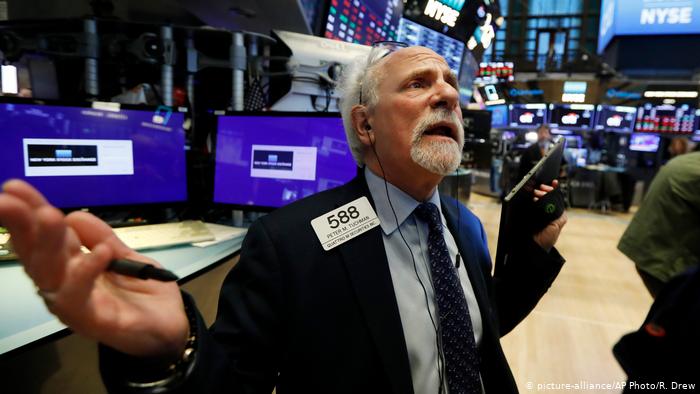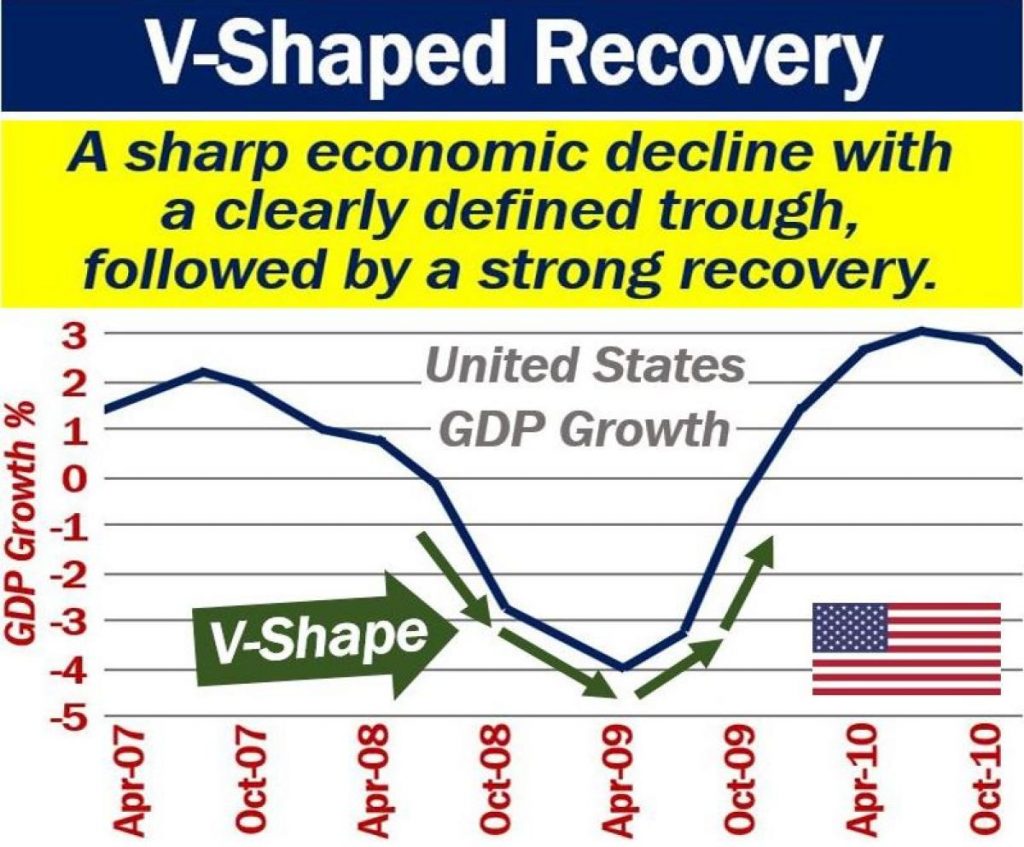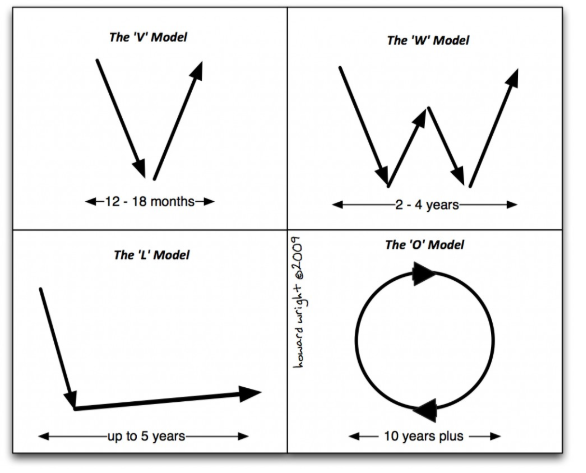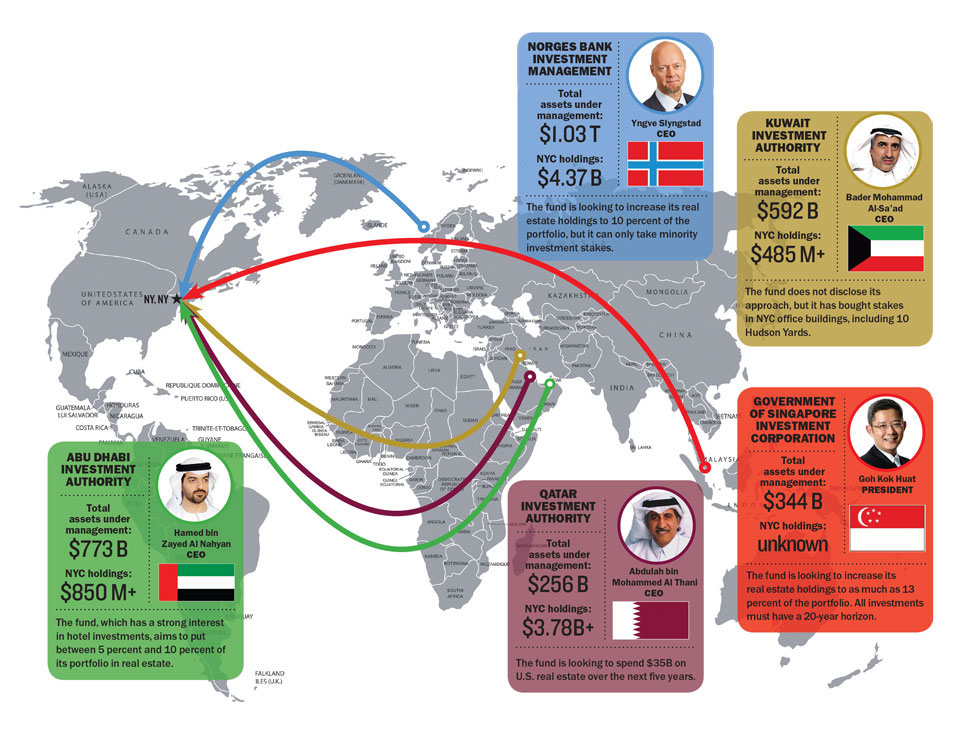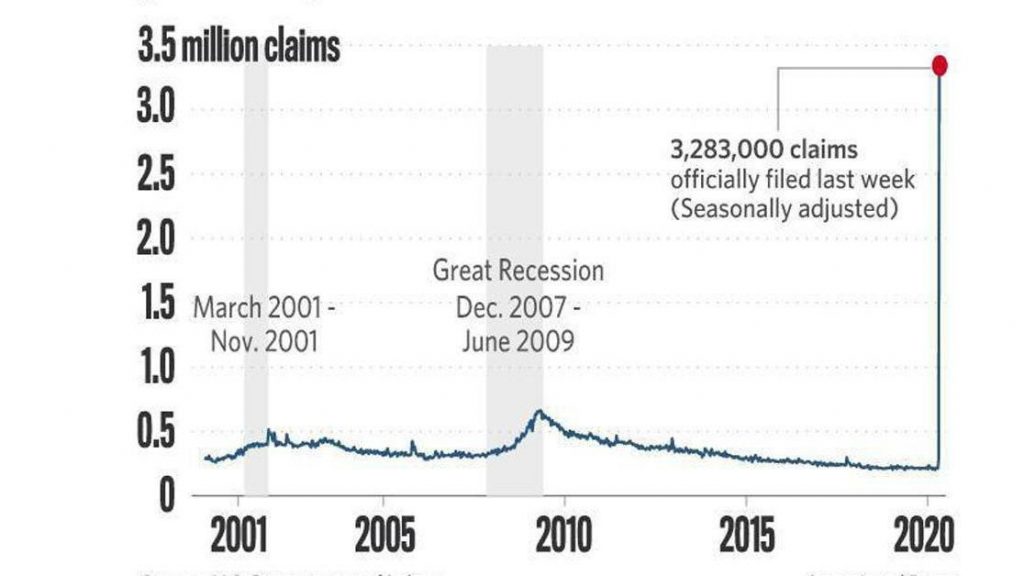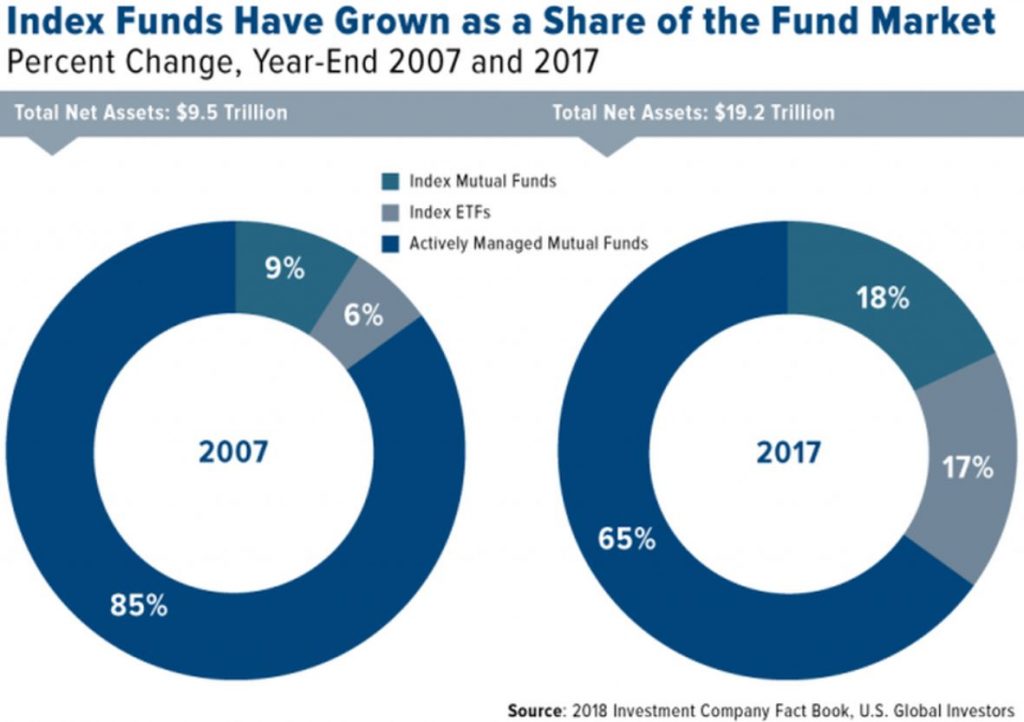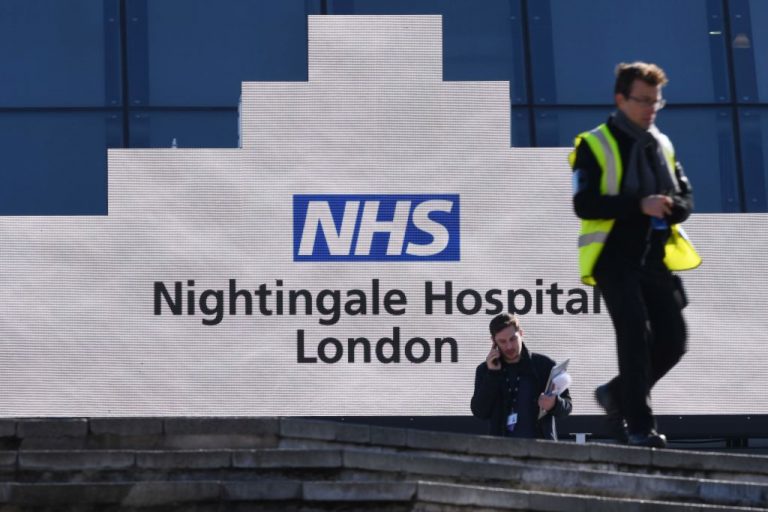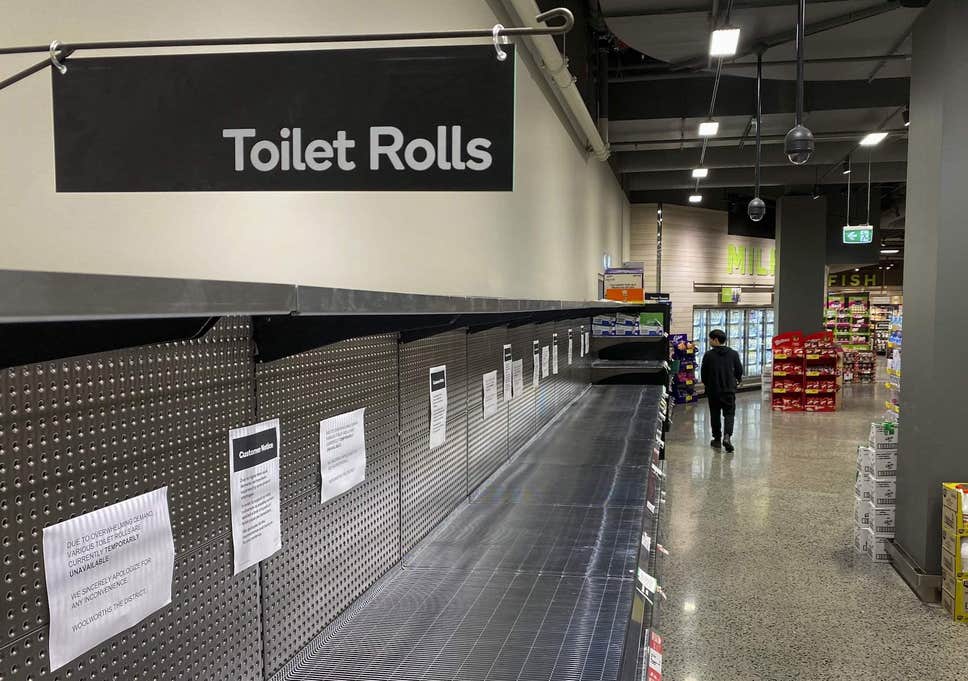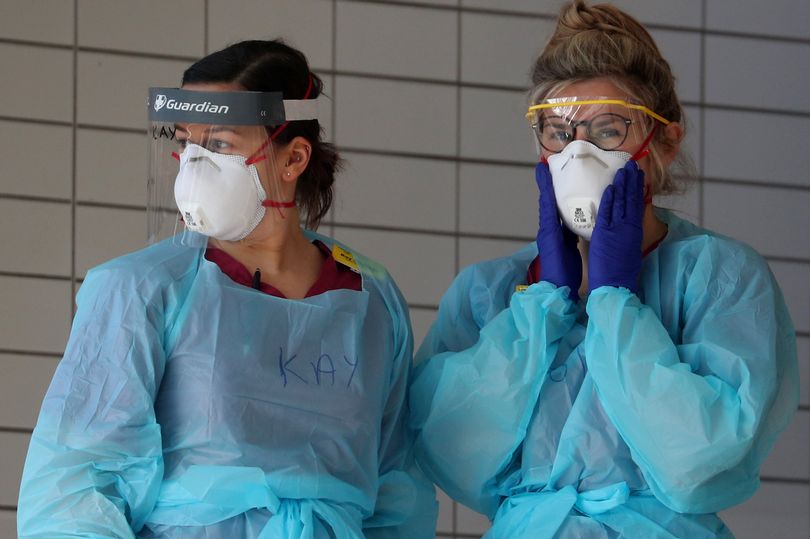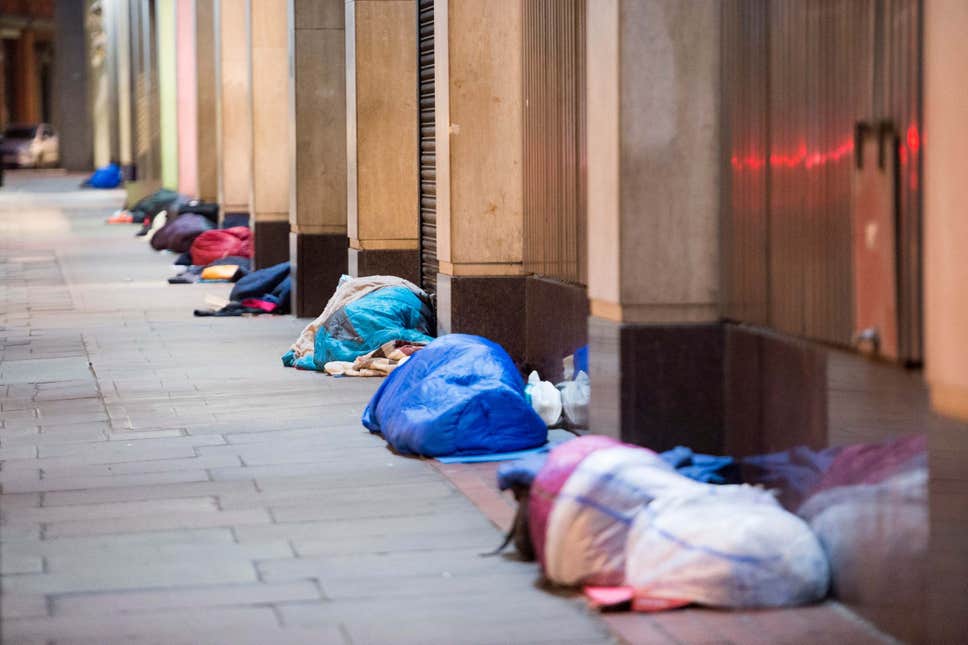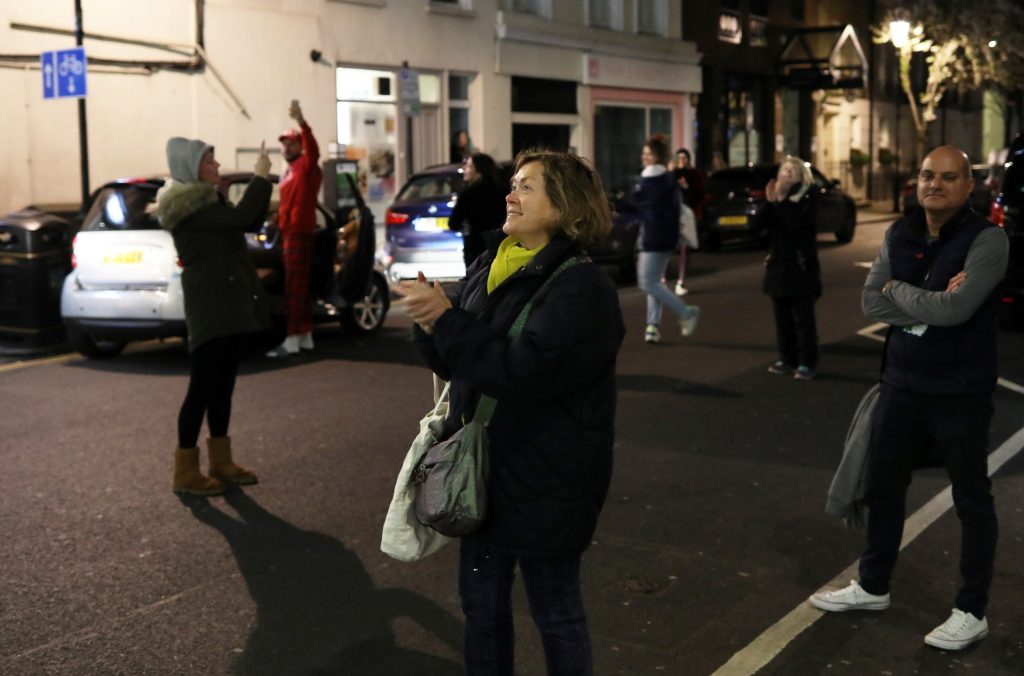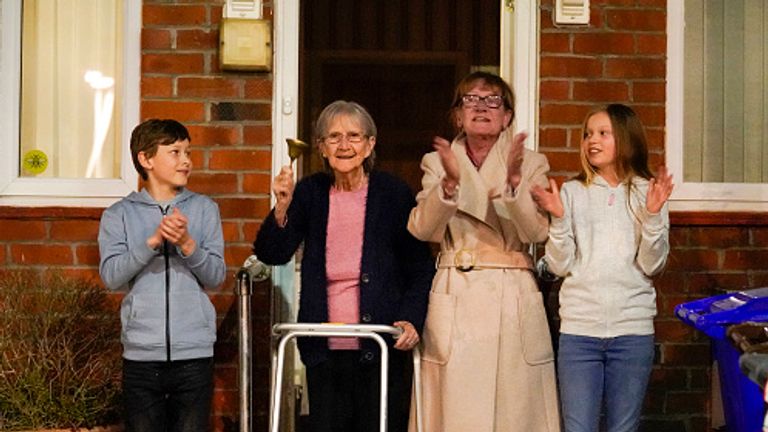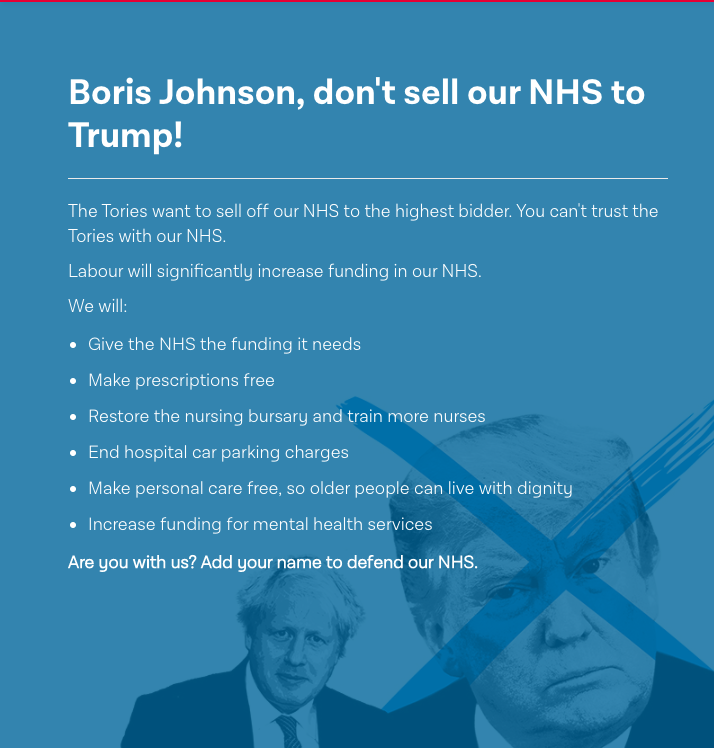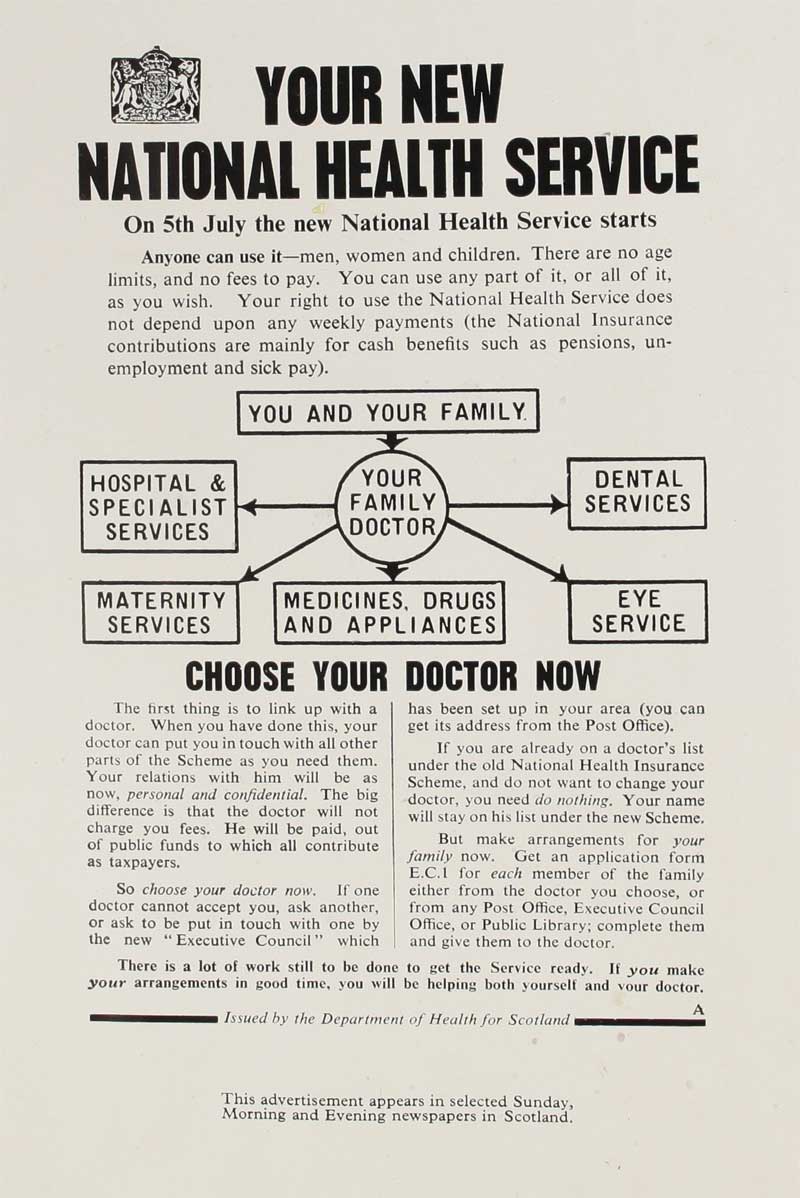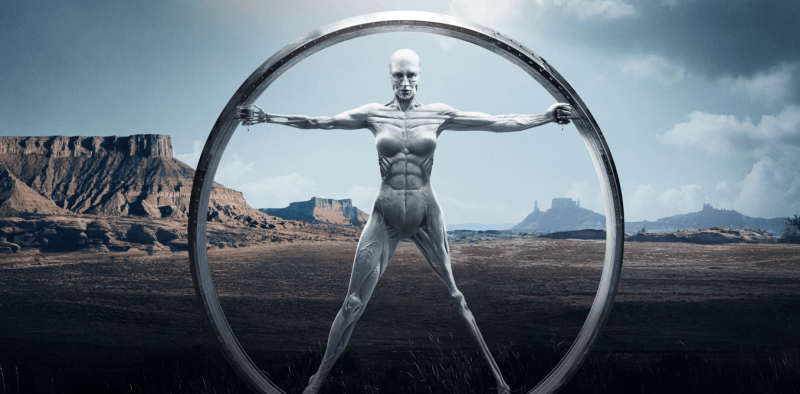Enter: Spanish Flu 1918
It arrived unexpectedly in fall 1918 and largely subsided by January 1919. According to Barker’s Foetal Origins hypothesis, certain chronic health conditions can be trace back to the course of foetal development. Using U.S. Census data, 25 million Americans contracted the influenza strain and survived, with some of the highest infection rates observed among women of childbearing age (one third of them). The brevity of the pandemic and the large difference in pregnant mortality rates across states meant adult outcomes of the foetuses could be compared between cohorts born within months of each other. Crucially, without omitted variable bias. The negative shock to the health endowment affected every socioeconomic outcome in the later 1960s 70s and 80s Censuses.
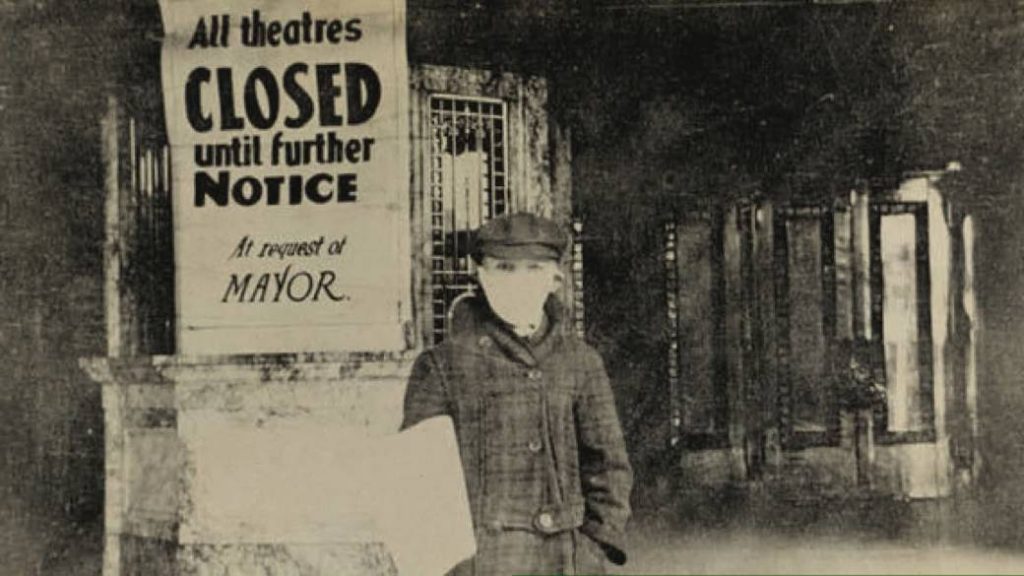
Those in utero during the Pandemic suffered large reductions in educational attainment, with children of infected mothers some 15% less likely to graduate from high school. Male wages were 5-9% lower because of infection. Socioeconomic status as measured by the Duncan occupation index of 1961 saw Spanish flu increase likelihood of being poor at a rate 15% higher than other cohorts. Public entitlement spending was also greater, with those in utero during the end of 1918 having the highest average welfare payments of all birth groups from 1911 to 1925. Additionally, Men born in the first 3 quarters of 1919 had 20% higher disability rates at age 61 as result of foetal influenza exposure.
Wind the clocks forward: Covid 2020
For us in 2020, it is becoming increasingly transparent that when the pandemic ends, it won’t really be over. Damage spreads well beyond the lungs. A Chinese study of 34 recovered patients who had mild symptoms found many biological measures “failed to return to normal.”
Specifically, impaired liver function even after two tests for each candidate came back negative and the patients were cleared for discharge.

Similarly, cardiologists have found 12% heart failure rates in those who survived, even in those who had shown no signs of respiratory distress.
Dr Harlan Krumholtz, cardiologist for Yale University, asserts that “Covid-19 is not just a respiratory disorder. It can affect the heart, liver, kidneys, brain, endocrine and blood systems.”
Just as Spanish flu left generational legacies of poor health and social outcomes, perhaps Sars-Cov-2 will also have a long-term sequela (downstream effects).
Another question for health experts is whether the re-emergence and mutation of Covid-19, having lay dormant inside the body, could continue to do so for years, springing back later in a different form. After all, it didn’t stop Herpes, Chicken Pox, Hepatitis B slowly damaging the liver, or Ebola causing blindness or vision impairment in 40% of those affected. The original SARS infection saw one in three recovered patients have continuing lung impairment after 3 years, while another third of those with the MERS version having fibrosis – permanent scarring – of lung tissue.
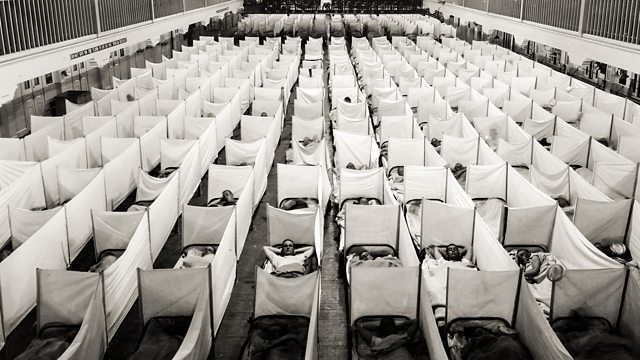
While we are currently in the thick of it, we are managing the acute impact of Covid-19. This does, however, make it difficult to assess whether “lingering” side-effects of the infection were there previously, just undiagnosed health conditions that made those people vulnerable to begin with.
Until we know more, we should shape our health policy around the experts in epidemiology without succumbing to irrational fear mongering. Crucially, we should all avoid catching this disease because we don’t know what it might to us or as in the case of the pregnant mothers some 100 years ago to our future children in utero.
Enter the Coronials
With everyone hunkering down for months on end, no sports to watch, stuck binge watching TV series or working on hobbies soon become monotonous. Some have speculated another baby boom 9 months from now. Perhaps this wasn’t the greatest move not just as the world moves into recession and unemployment is soaring to record highs, but because of the legacy of 1918 and those children of the Spanish influenza.
We are at war, only this time not with the Axis powers or Socialism. The budget deficits we had to run in times of national crisis to preserve and uphold freedom were just courses of action when compared with the alternatives. But today, we shouldn’t race to reopen the economy but should take on more debt to stave off economic deprivation.
This may mean higher taxes and involve giving up more control of our personal liberties to our governments. Just two examples close to home on the continent saw the Polish Prime Minister seeking to ban abortion while everyone is on lockdown and, and Hungary’s leader Viktor Orban’s attempt to make himself President for life.
But for societies like England with a healthy dose of fairness and strong tradition of civil liberties, perhaps we should be thankful our leaders saw sense in not allowing our health systems to be overwhelmed and pursuing a perverse policy of “herd immunity”.
As Sir Francis Bacon’s solemn message echoes through history “the remedy is worse than the disease.” This may be used by those wishing to overturn lockdown restrictions and put the economy back to work or else we run the risk of bread lines and decades of depression once more.
But, the little-known ending to that phrase goes “…. yet no remedy is too bitter, when the disease ends in death.” Just as we finally paid back America in 21ST Century from the two World War loans, we will manage once again.



